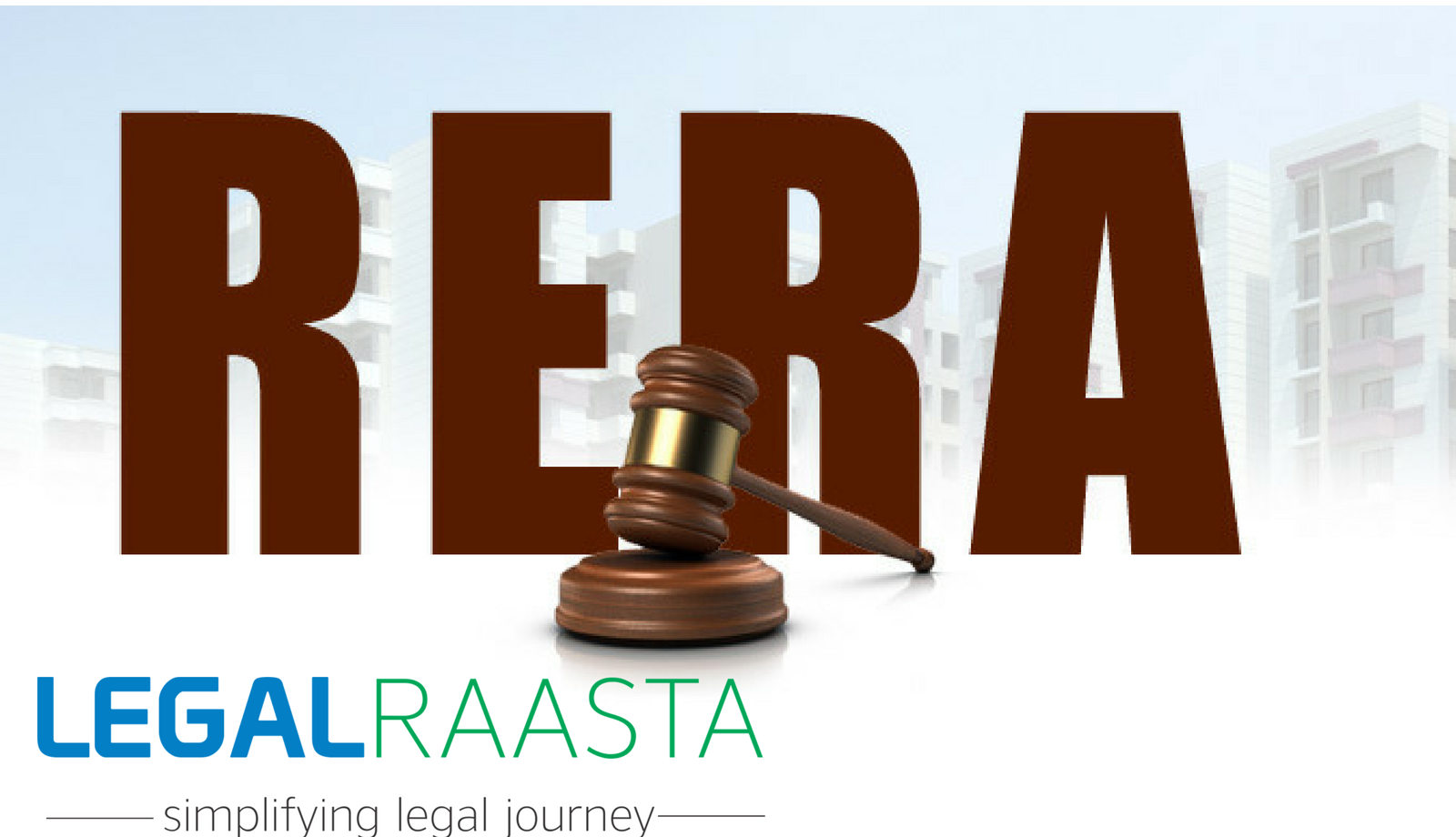Analysis of RERA Real Estate(Regulation and Development) Act, 2016
Introduction to RERA
The Real Estate (Regulation and Development) Act or RERA is a comprehensive act enabled by the government in a pursuit to regulate the real estate sector which had been unregulated for a long time. The act came into implementation on May 1, 2016, with notification of 69 out of 90 sections by the Ministry of Housing and Urban Poverty Alleviation.RERA registration is now compulsory for real estate projects with an area of more than 500 sq. mt. RERA also has provisions for registration of real estate agents who want to facilitate the sale/purchase of real estate. For your convenience, we have listed out the procedure for Registration under RERA. RERA also has implications for builders and home buyers read more to check out how RERA is impacting homeowners. In this piece, we hope to provide a thorough Analysis of RERA and it’s salient features.
What is RERA Act trying to Accomplish?
The act enabled by the government aims at regulating the real estate sector. What regulating the sector entails is basically faster processing approval for future projects and speeding up ongoing projects. The Central and State governments both have to establish RERA committee. The committee will have a chairman and at least two full-time members appointed by the state. In addition to these, there are subtle conveniences the government wants to enable to streamline the real estate sector.
- Establishing a regulatory authority for real estate (RERA) along with addressing and settling grievances, Real Estate Appellate Tribunal(REAT). People unhappy with RERA’s decision can approach and appeal to the REAT an authority who has to dispose of your plea within a maximum of 60 days
- Enabling pro-buyer/pro-allottee provisions.
- Deploying transparency along with accountability in the Real Estate sector.
- Regulating the sale and purchase of real estate, therefore, boosting home buyer confidence.
These are some of the provision the RERA act wishes to accomplish by regulating the real estate sector. Let’s look at some of the salient features of the act and dive into an Analysis of RERA.
Features of RERA
Listed below are some of the regulatory provisions of the RERA act.
- The act prohibits the use of marketing, advertising, providing with selling offers or inviting for sale offer for all real estate projects which are unregistered under the act, as a result, avoiding exploitation.
- Development Authority /promoter in charge of the development of the project will have to disclose details about the project.
- Project details for the current enterprise.
- Brief of projects launched in the past 5 years.
- Copies of Approval certifiacte and commencement certificate.
- Performa of Allotment and Agreement to Sale.
- The time period of completion.
- The development authority has to deposit 70% of revenue raised from allottees from time to time in a scheduled bank account also called an Escrow account
- A practicing Chartered accountant has to approve the withdrawal of money from the escrow account.
- Authority has to grant registration within 30 days of the date of application receipt not granted, the project shall be considered registered.
- Registration extension can be granted only for a maximum of 1 year under reasonable circumstances.
- If there is a receipt of a complaint against the project or development authority/promoter is in violation of any rules, the registration can be revoked.
- Real estate agents also have to register themselves mandatorily if they wish to facilitate the sale/purchase of projects or properties.
- Promoters can only take 10% of cost as an advance payment from the allottees
- If a promoter wants to demand more than 10% of the advanced payment, they have to execute the agreement of sale and get it registered as well.
- Promoters have to take prior approval from authority and approval from 2/3rd of the allottees for transferring the project to another party
- The insurance now extends to the title of land, the building of project in addition to the construction.
- The promoter has to execute Registered Deed Conveyance in accordance with state laws if any present. However, in the absence of such laws, Promoter shall execute a Registered Deed Conveyance within 3 months of issue of occupancy certificate.
- Allottees can claim appropriate compensation if a defect in workmanship, quality or provision of utilities is notified within 5 years of handing over of possession and not rectified within 30 days.
- Non-Compliance of rules and regulations will lead to the execution of penal provisions of 10% of project cost and up to 3 years of imprisonment.
- Allottees can exercise the right to appropriate compensation in case promoter fails to deliver possession of plot/apartment.
- If allottee wishes to withdraw from the project, they will receive compensation and interest as per the rules of the act.
- If allottee does not wish to withdraw, they will receive interest for every month of delay at a pre-determined rate.
Hindrances to Implementation of RERA
RERA act has undergone extensive negotiations in the past 9 years which has resulted in a well-documented piece of legislation. However, even after having provisions for regulations there are many challenges for proper execution of the RERA act.
Listing down the most glaring of drawbacks of the RERA act.
- Depositing 70% money in escrow account could come as a source of confusion.
- The responsibility of informing about transactions is on the builders who can manipulate the opportunity.
- There is a conflict of interest in asking for approval of Engineers, CA for withdrawing money since they are paid by builders and the CA is almost always likely to make reports in favor of builders.
- Delays and Disputes in the withdrawal of money could end up jeopardizing the project if these go to litigations.
- Cost of land and project construction could be higher than 70% of the total project cost. In such scenarios raising of capital via borrowing could hike up the cost of project and interest rates ultimately affecting customers
- The promoter should not be penalized for delays if the delay happens because of a delay of approval from the government
- Allottees can receive appropriate benefits only after one year
- Playing around the provisions of the act by politicians with conflict of interest.
- Patchy implementation of regulations across the country.
- REAT provisions implementation issues.
- Difference between state laws and central laws on rights of land, land improvement and land colonization.
Conclusion
In conclusion of the Analysis of RERA, the act is a great initiative for regulating the real estate sector. The act will not only improve processing times but also help introduce transparency in the system. However, promoters, builders, and customers should exercise caution due to issues like political reluctance hindering the implementation. There is, however, still a huge scope for improvement in the implementation of the act and it needs legislative amendments by consulting stakeholders. On a positive note, however, a legislation which attempts to improve the regulation of real estate sector is a breath of fresh air in the system.
If you’re in the process of your RERA Registration, consider taking professional help from our experts at LegalRaasta.
Shoot us an e-mail at contact@legalraasta.com or ring us up at +91-









